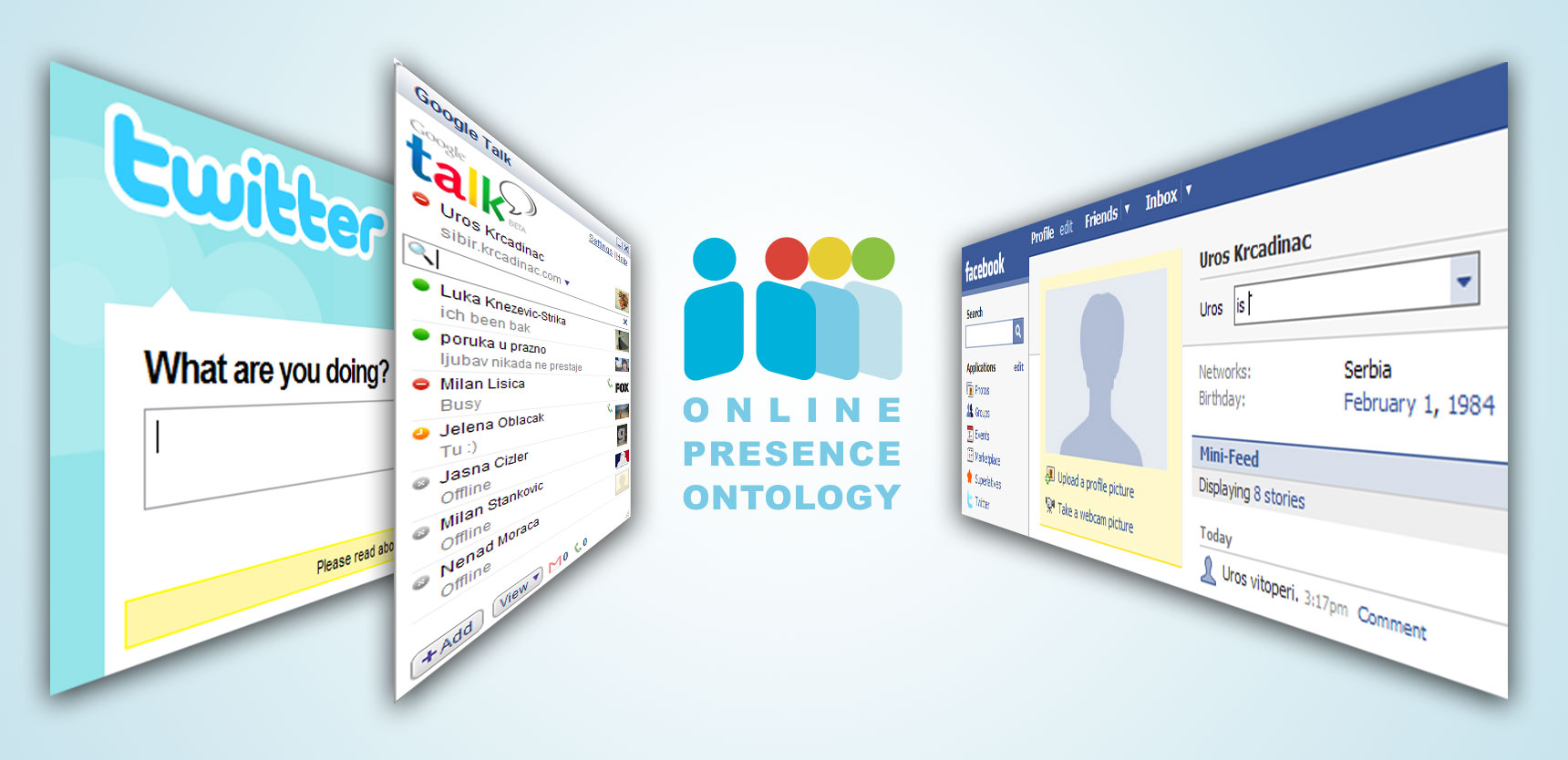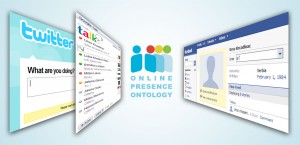I have avid experience of using Social Media as a researcher and an academic (see articles below), and I am the proud writer of the 10 ways researchers can use Twitter article on the Networked Researcher website, which receives around 1000 hits per month. I have also prepared a Twitter training workshop for PhD students at the University of Warwick which will run in March 2012. If you would like to me to run a workshop on Social Media/Twitter for researchers/academics, please contact me.
——————————————
Articles written by me related to Social Media for researchers:
I’m an academic and desperately need an online presence, where do I start?
2012-08-15 13:52:03My post over at the LSE Impact Blog discusses simple, practical tips for academics who want to start engaging with the wider world through social media. Check it out here:
http://blogs.lse.ac.uk/impactofsocialsciences/2012/08/10/im-an-academic-and-desperately-need-an-online-presence-where-do-i-start/
A copy of the post is pasted below:
Salma Patel has been on a whistle-stop tour of academic social media channels. Here she shares her simple, practical tips for academics who want to start engaging with the wider world through social media.
Question:
I’m an academic and desperately need an online presence because I want to start engaging with the public and disseminate my research online – where do I start?
Answer:
1. LinkedIn: Create a LinkedIn profile. This is really easy to do and doesn’t require you to talk to anyone.
- Register an account and fill in your details.
- LinkedIn allows you to search through your mail to find any if your contacts on LinkedIn. Connect to all those that come up.
2. Academia: Create an academia.edu profile. This again is very straight forward to do, and doesn’t require any specialist skills.
3. Twitter: Once you’ve created a LinkedIn and Academia.edu profile, let’s move to Twitter. Twitter will require more work, patience and a sense of humour. You can start off by either attending a twitter workshop/social network surgery, asking a friend/colleague to quickly show you how twitter works or you can read this LSE guide to twitter.
- Create a twitter account using your real name.
- Twitter will ask you to place a very short profile of yourself. You can either keep it really simple [Job Title at Uni of X] or make it more quirky. Don’t worry too much about this at this stage (you can change it later), but what will really help is to have a nosey around other academics on twitter.
- Start following people on twitter. Again you can find followers using your email address. Another really good way to find followers is to find someone on twitter who has very similar academic interests to you. Now look through who that person is following, and follow those people.
- Once you start following people, they are normally alerted and they may start following you back if your profile looks interesting to them (so make it interesting). Also place a few interesting tweets out before you start following people that don’t know you personally.
- The key to getting followers on twitter is to Engage! Start talking to people, if you see a tweet of interest reply to it. If you see a conversation going in between two people, butt in and join in (as far as I know it isn’t rude in the twitter world to do that). When you are starting off this may be difficult to do, but it is not difficult to help people. If someone asks something, take those extra few minutes out from your busy schedule and help them. Trust me, you will see a return.
- Another really quick way to get followers is to take part in twitter chats (twitter chat schedule). There may not be twitter chats in your area of research (not to worry, you can always consider starting off your own chat in the future), but you can always take part in #phdchat which runs every Wednesday evening at 7pm
- What shall I tweet about? Have a look at this prezi or article which looks at 1o ways researchers use twitter. Then have a look at what other academics are tweeting about on twitter, and if you are really stuck put your name down for this online webcast.
4. Blogging: Once you have familiarised yourself with Twitter and have plenty more to talk about, you can think about blogging. With blogging there are a few practical things to consider:
1. Blog name: The name of the blog depends on what you plan to blog about. If you plan to blog about a specific area, then you could keep your blog’s name related to that. If you plan to blog about a multitude of themes, you could have a made up name or you could name your blog/website by your own name, and as well placing your profile on there, you could place your blog on there too. I have seen academics do both.
Please note: If you have a very common name, and really want to be at the top of Google ranking (number one) when someone searchers your name, you may want to consider keeping your blog name your own name. If you have name that isn’t as common and you blog regularly on a theme based blog, you may still come at the top of Google when searched by your name.
2. Where do I blog? You could blog on an already existing blog (such as at your university or a research group) or you could start your own blog.
For your own blog, if you want to set it up yourself then you have two options. You can blog on wordpress/blogspot or any other blog provider (maybe even an internal university blog provider). For WordPress (the most popular), register an account on wordpress.com and start blogging. Your blog website will be: [name selected].wordpress.com
The disadvantage of using this is there is a limit to how far you can customize and there are also a limited amount of themes you can use. If you have some time I would recommend using wordpress to power your own website, and very simply this is how you would do it:
- Purchase your own website name and hosting. This will cost between £10-£20 a year if you have a good look around. You can check here whether the domain name you are thinking of is available here. After you have found your domain name purchase your domain name and hosting from a hosting provider, but please ensure they support wordpress as it will make your life easier.
- Install wordpress on your website.
- Find a wordpress theme that you like. You can either buy one or find a free one. Use Google to find one.
- Setup an about page for your own profile and meanwhile have a good look around other academic’s blog/websites.
- Once it is all setup start blogging and spreading your posts through Twitter and LinkedIn!
5. Other Engagement Tools
There are other platforms you can use to help you engage, such as curation tools. I would recommend you start using them once you have at least 1-3 setup. To quote from a recently published article on this blog:
Curation and sharing of content
Curation and sharing platforms such as Delicious, SlideShare, Pinterest, Scoop.it, Pearltrees, Bundlr, Paper.li and Storify, as well as referencing tools such as Mendeley, Citeulike and Zotero, allow academics to easily gather and present information and, importantly, to then make the information public and share it with others online. On SlideShare you can share your Powerpoint presentations and the referencing tools allow you to gather lists of references on specific topics and then share these with others. Several of these tools, including Pinterest, Bundlr and Storify, allow you to insert your own comments or analysis on the material you have gathered.
Don’t be afraid to try out new platforms and ditch them if they don’t work for you.
6. A few other specific things you could do to get a stronger online presence and get some followers.
1. Contribute to an existing blog in your field. An example is this Impact of Social Sciences Blog, The Guardian Higher Education Network, or if those seem too time consuming or you feel you can’t contribute much to those areas, you can write your quick viva story for PhD Viva and other such websites.
2. Take part in #phdchat. You’ll definitely get some followers and plus as a supervisor/academic/ex-PhD student, PhD students will really appreciate your presence, advice and contribution.
3. Contribute as a panelist to the Guardian Higher Education Live Chats (they normally run on a Friday afternoon). They normally recruit through their twitter account or drop them an email.
 Read more...
4 comments
Read more...
4 comments
Tools used to measure influence & resonance of a twitter account
2011-10-26 20:00:15Tools used to measure influence & resonance of a twitter account:
- TweetGrader: Grades you in comparison to others: http://tweet.grader.com/
- Re-tweet rank: http://www.retweetrank.com/
- Twitalayzer, twitter influence: http://twitalyzer.com/index.asp
- Authority: PeerIndex: http://www.peerindex.net
- TunkRank is a tool for measuring influence on Twitter based on how much attention your followers can actually give you.: http://tunkrank.com/
- Klout: Social influence on twitter: http://klout.com
 Read more...
0 comments
Read more...
0 comments
Prezi: 10 ways researchers can use Twitter
2011-07-30 22:47:43 Posted in: FeaturedResearch MethodsTwitterTwitter for researchTagged in: Read more...
32 comments
Read more...
32 comments
Storify: 10 ways researchers can use Twitter
2011-07-30 22:33:26 Read more...
1 comment
Read more...
1 comment
